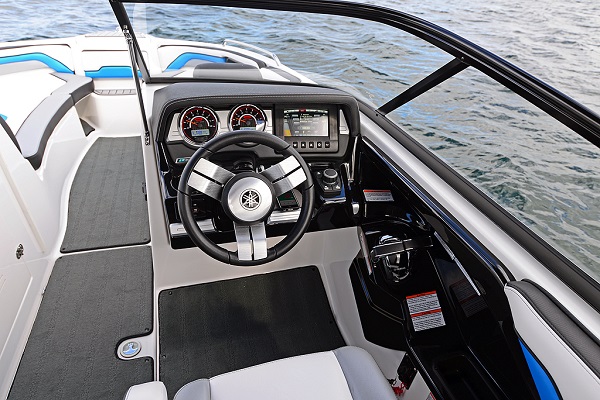The Black Ink Team’s Guide To Driving A Boat
by Black Ink Team
Boats operate much differently than land vehicles. The speeds are even calculated differently - on the water, knots is the unit of speed rather than miles per hour. One knot is equal to one nautical mile per hour, a nautical mile being 6,076 feet. Also to note, when you are driving a boat, you are ‘at the helm.’ Lots of words are different when you’re out on the water, so keep up.
An important safety feature on boats is the ‘kill switch’ - a lanyard that the driver wears which will cut the engine if they get knocked overboard. Safety vests are also important, especially for young passengers or passengers who can’t swim very well. It is illegal to drive a boat while intoxicated, and there are usually police boats patrolling on bodies of water.
Instead of the pedals you would find in a car, boats have a ‘throttle,’ which is a lever that you move forward to go forward and backward to go in reverse. Boats do not have brakes. The closest thing you will find to a parking gear is an anchor. You will still find a steering wheel, however, so at least there is a bit of crossover there. Additionally, most boats have rear-view mirrors to help you see behind you.
Directions are stated differently on boats - left is ‘port’, right is ‘starboard,’ the front of the boat is the ‘bow,’ and the back of the boat is the ‘stern.’ A major difference between driving a boat and driving a car is that when you move the throttle forward that sets your speed indefinitely. In other words, you don’t have to keep your hand on the throttle like you would keep your foot on a gas pedal to keep moving forward - you can ‘set it and forget it,’ in other words.

It is crucial to keep an eye on the water while driving a boat. There may be heavy objects like logs floating just under the surface which can destroy your propellor or worse, or there may be a downed waterskiier waiting for the boat that was towing them to pick them up. Also, you should always maintain a safe distance from the shore. You may accidentally steer into an area of low depth, hit bottom, and strand yourself.
Marinas typically have ‘no-wake’ zones surrounding them, to protect the boats docked there. This means that you have to go slow and make as few waves as possible. No-wake zones are typically marked with buoys.
You should take it slow, the first time you head out on the water in your boat. You don’t want to become a lake-wide inside joke.
